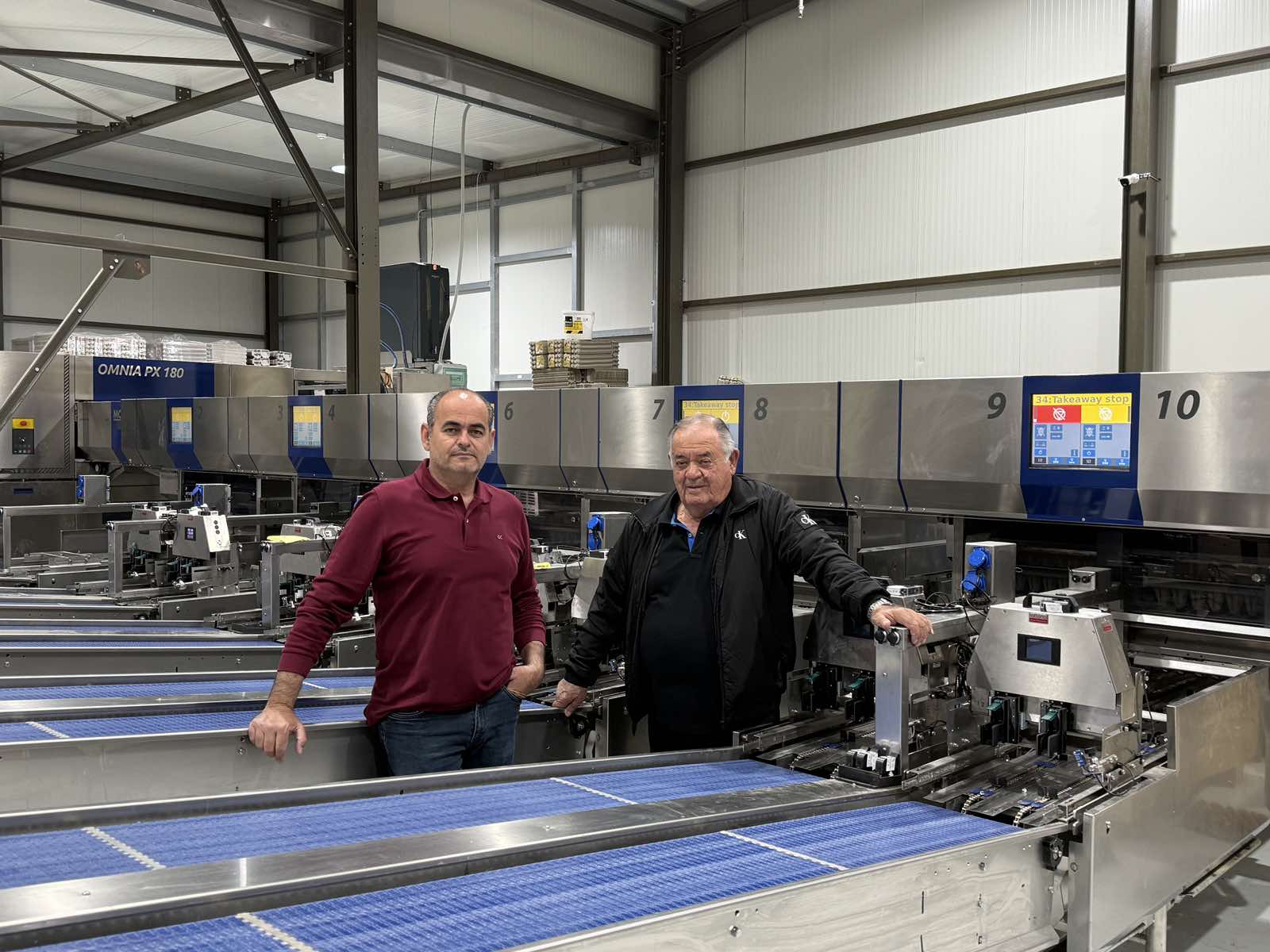Washed vs non-washed egg markets
Grading

Why egg washing is not a common practice worldwide
Wherever you go in the world, eggs remain a highly popular food item. However, there are significant differences in how eggs are processed and presented. For example, in most countries in Europe, eggs in supermarkets can be found on shelves that are nowhere near a refrigerator. Conversely, this is an absolute no-go in the United States, where eggs are always refrigerated. Why? Because in the US, all eggs are washed before they are graded, packed and sold to consumers. But why is egg washing not a common practice worldwide? In this article, we delve deeper into the world of washed and non-washed egg markets.
Washed egg markets refer to regions where eggs are washed or cleaned with warm water and detergent. After washing, the eggs are rinsed with a sanitizer to remove any remaining bacteria. The eggs are then dried to eliminate moisture from the surface before they are graded, packed and sold to the public. By washing the eggs, dirt, feces and other potential contaminants are removed from the eggshell’s surface. This process is common practice in North America and Australia, among other regions.
Regulations
The decision to wash or not to wash eggs can vary, depending on local regulations, cultural practices and consumer preferences. Taking the United States as an example, there are three main reasons why eggs are washed in this region:
- USDA regulations: The United States Department of Agriculture (USDA) requires that eggs sold in stores are washed and sanitized. This regulation is intended to protect public health and maintain consistent standards for egg production and distribution. The USDA has specific guidelines and procedures for egg washing to ensure safety and quality.
- Food safety: Eggs can come into contact with bacteria such as salmonella during the laying process or via environmental sources such as feces or feathers. The eggs are washed to reduce the risk of contamination, so that they are safe for consumption.
- Consumer expectations: Consumers in the US expect clean and visually appealing eggs. For example, a feather that is still attached to the egg would not be accepted there, while this is not a problem in places such as the Netherlands. Washing the eggs helps to improve their appearance by removing any stains or other imperfections on the shell.
Bloom
However, that is just one side of the story — there is also a downside to washing eggs. Before a hen lays an egg, her body creates a protective layer over the shell, known as the bloom or cuticle. This crucial layer serves to safeguard potential chicks and even if the eggs are not fertilized, it remains intact, offering protection. How? By sealing the pores of the eggshell, the bloom acts as a barrier, preventing the intrusion of bacteria and minimizing moisture loss. However, if you wash your eggs, you risk removing the bloom which makes it possible for bacteria to penetrate the porous shell and contaminate the egg. That is why in most countries in Europe, the eggs are not washed.
This is also why, unlike in most countries in Europe, eggs in the United States and other egg washed markets are refrigerated. Low temperatures will reduce the growth of microorganisms and therefore washed eggs are refrigerated. By keeping them in the refrigerator, the growth of bacteria is slowed, ensuring the eggs remain safe and fresh. On the other hand, eggs in Europe still retain their natural protective coating, making it safe to store them at room temperature without any risks.



